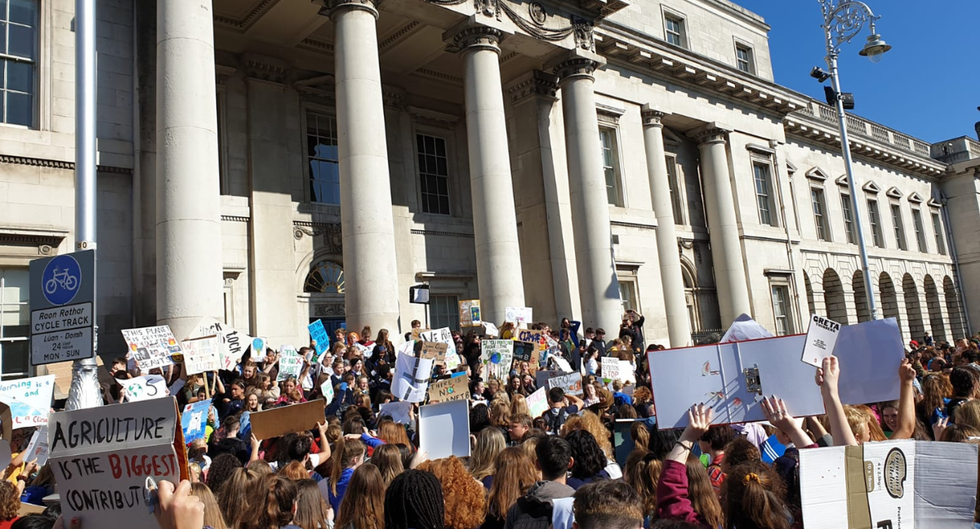How will wind energy help Ireland reach its climate targets and reduce its emissions?
Wind energy is Ireland’s greatest weapon in responding to the climate emergency.
In 2020 Irish onshore wind farms saved 4.5 million tonnes of the CO2 emissions which are destroying our planet. That is double the savings delivered by every other renewable energy technology combined.
Ireland and the Climate Emergency
Climate change is causing enormous disruptions to our way of life.
We’re facing storms that rage more intensely and more often than ever before. We’re facing droughts, floods, heatwaves, biodiversity loss — an ever-growing range of effects that are changing the way we plan, build and live.
To ensure we have a future on this planet, we need to change our way of life.
That means cutting down our greenhouse gas emissions and phasing out fossil fuels right across Irish society.
With the Government’s Climate Action Plan, we have a way to do just that.
What is Ireland’s Climate Action Plan?
In 2021, the Government committed to a plan of action that will make Ireland carbon-neutral by 2050.
That means the era of fossil fuels is coming to an end. We will need to find new ways to get to work, new ways to heat our homes, to power our businesses and communities.
More of what we do every day will be powered by electricity, and that electricity must be generated by renewable sources like wind.
What are Ireland’s 2030 climate targets?
To ensure we’re on the path to net-zero emissions by mid-century, the Government has set legally-binding targets to reduce greenhouse gas emissions by 51 per cent by 2030.
Every sector in the economy and every city, town and village has a part to play.
But the biggest reductions will come from the energy sector. Carbon emissions from producing electricity must be reduced by 75 per cent (from 2018 rates) by the end of the decade.
To achieve this we need to reduce carbon emissions from generating electricity from where they are today, around 10 million tonnes every year, to around 2 million.
Overall, across every sector of our economy, Ireland’s emissions need to be under 30 million tonnes in the next seven-plus years.
We can't do that without more wind farms.
How does wind energy help Ireland reach its 2030 climate targets?
Wind energy has the potential to produce more electricity every year than Ireland needs.
Just with the onshore wind farms we already have, wind energy in Ireland provides 36% of the electricity we use. Every time you switch on the tv or boil the kettle, a portion of that power is coming from wind turbines.
And that’s without all the energy we’re yet to harness from the wind that blows offshore. We have some of the best offshore wind resources in the world and over the rest of the decade we need to build and connect a new generation of offshore wind farms to power Ireland.
As we harness more of that boundless wind energy and push fossil fuels off the electricity grid, the renewable electricity we generate will help other sectors reduce their emissions as well.
Electricity from wind energy will reduce our reliance on fossil fuelled transport, as buses and trains are electrified and hundreds of thousands of new electric vehicles hit our roads.
Wind energy will power the heat pumps we employ in our homes and industries, replacing boilers and heaters that run on fossil fuels.
Across the economy, hitting our climate targets will mean replacing fossil fuel technologies with electric alternatives. And as electricity powers more and more of our daily life, we will need to build more wind farms.
Facing the climate emergency in Ireland
In the coming years, renewable energy will replace fossil fuels. We will no longer use coal, peat, and oil to heat our homes, travel to work and school, or grow our food. Instead, most of our energy will come from wind.
The need to make this shift grows more urgent every day.
The Government has drafted the plan and set the targets. We have the resources and the technology we need. We still, just about, have the time.
Now, we need to build the wind farms, fast.







